No environmental examination when you train your parrot, can be complete without an evaluation of accessories-chewing, ringing, holding, climbing, swinging, preening, and "bopping" toys. The easiest, least expensive, and most accessible of these are tree branches with bark. Branches with bark help keep beak and toenails appropriately worn and help prevent foot problems and numerous behavioral problems. I like ailanthus or sumac branches. Loro Parque in the Canary Islands provides fresh pine branches weekly. I think most taller trees are probably safe. I consider all shrubs, fruit trees, and trees that might have been sprayed with chemicals to be potentially toxic. Clean and examine branches for bugs.
Every bird should have several choices of commonly favored bird activities when you train your parrot, such as ringing a bell, preening a fuzzy pseudo-friend, climbing both fixed and swinging objects, and "bopping" a fleeting, shiny reflection. Sometimes a particular toy will hang in the cage for quite some time before the bird learns how to play with it. Sometimes a toy will be ignored for long periods only to be discovered as a favorite buddy. A well rounded hookbill should probably have at least a half dozen toys, some of which are routinely withheld and returned to reinforce good behavior or distract from anticipated bad behavior.
Many active, well-behaved, kind-to-humans parrots have daily play rituals that involve "beating up" or otherwise physically dominating a toy. Just because a bird abuses a toy doesn't mean that it will abuse humans. In fact, like frequent drenching showers, abuse of toys releases energy that might otherwise emerge as aggression against humans.
Train Your Parrot: Access to Appropriate Choices
A happy hookbill needs many opportunities for good behavior and few opportunities for bad behavior. For example, a bird sitting on the shoulder has several choices of things to do-chew on buttons, moles, jewelry, eyeglasses, or ear-lobes; make holes in fabric or preen hair. For various reasons, none of these choices is perceived by humans as appropriate behavior.
For better or worse, human responses usually-often unintentionally-reinforce a bird's behavior. If the bird has little or no opportunity for inappropriate behavior, the human interaction will usually be reinforcing acceptable behavior. In a poorly planned environment a bird owner can wind up yelling "No" all the time. This can be quite amusing to a bird who loves any attention or damaging to a bird with low self-confidence.
A bird with several exciting things to do will not need to chew on treasured furniture. In a well-planned environment, the bird has no unsupervised access to inappropriate choices. Ideally, access to that tasty-looking basket collection is restricted with physical barriers, psychological barriers, and/or wing feather trims.
People are, undoubtedly, the most influential part of the companion parrot's environment as they stimulate, provoke, and reinforce the bird's behavior, as well as provide for the physical elements of the environment. The ability to modify a companion bird's behavior is largely dependent upon the willingness of humans to modify their own behavior or to accommodate environmental changes required to stimulate better behavior in the bird.
Humans often constitute the only "flock" after which the bird can pattern its behavior. Under the modeling of an angry-or even a passively angry-owner, a bird can easily learn violent behavior. If humans in the environment taunt or ignore the bird, if they taunt or ignore each other, a companion parrot can easily develop undesirable or antisocial behaviors. It is not unusual for owners of a good talking type of bird that is not talking to admit that humans do not talk to each other in their home.
Training A Parrot: Long-term Adjustment
We don't always get along with every life companion all the time; and there will be times when "parrot stew" sounds very tempting. New behaviors will develop from time to time, and no bird is going to behave perfectly all the time. I believe, however, that ongoing evaluation and manipulation of the environment is just as important as training for an easy-to-live-with, longtime companion parrot.

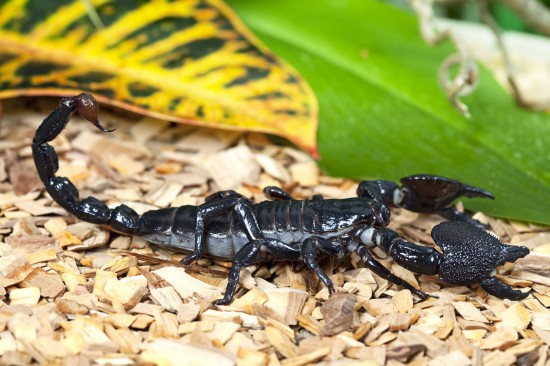 Keeping Pet Scorpions
Keeping Pet Scorp
Keeping Pet Scorpions
Keeping Pet Scorp
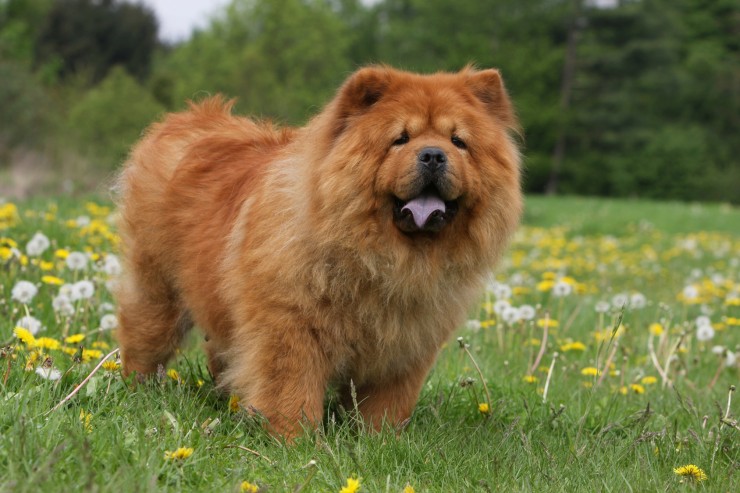 The Chow Chow And Hypothyroidism Health Issues
The Chow Chow And
The Chow Chow And Hypothyroidism Health Issues
The Chow Chow And
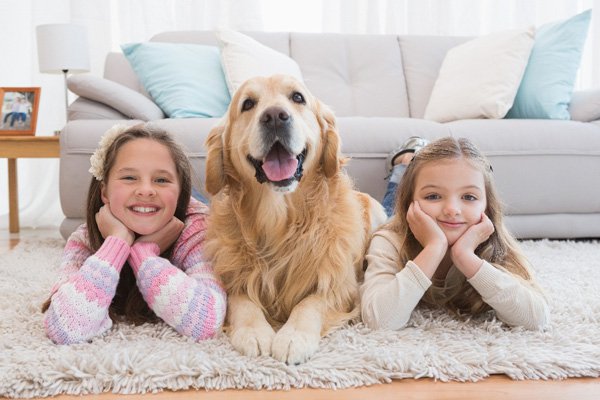 Treat Equine Ulcer Symptoms With Natural Supplements Available Online
Treat Equine Ulcer Symptoms With Natural Supplements Avail
Treat Equine Ulcer Symptoms With Natural Supplements Available Online
Treat Equine Ulcer Symptoms With Natural Supplements Avail
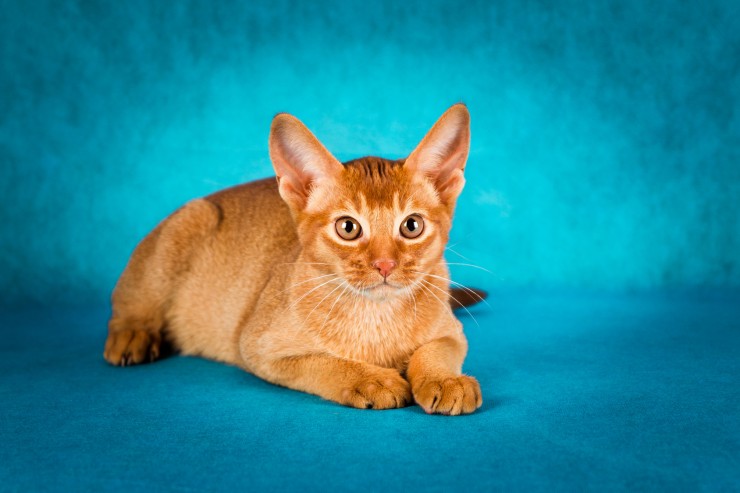 The Abyssinian Cat And Health Issues
The Abyssinian Ca
The Abyssinian Cat And Health Issues
The Abyssinian Ca
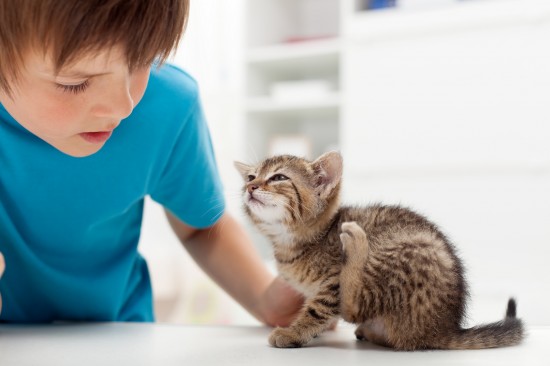 Flea Anaemia In Cats
Flea Anaemia In C
Flea Anaemia In Cats
Flea Anaemia In C